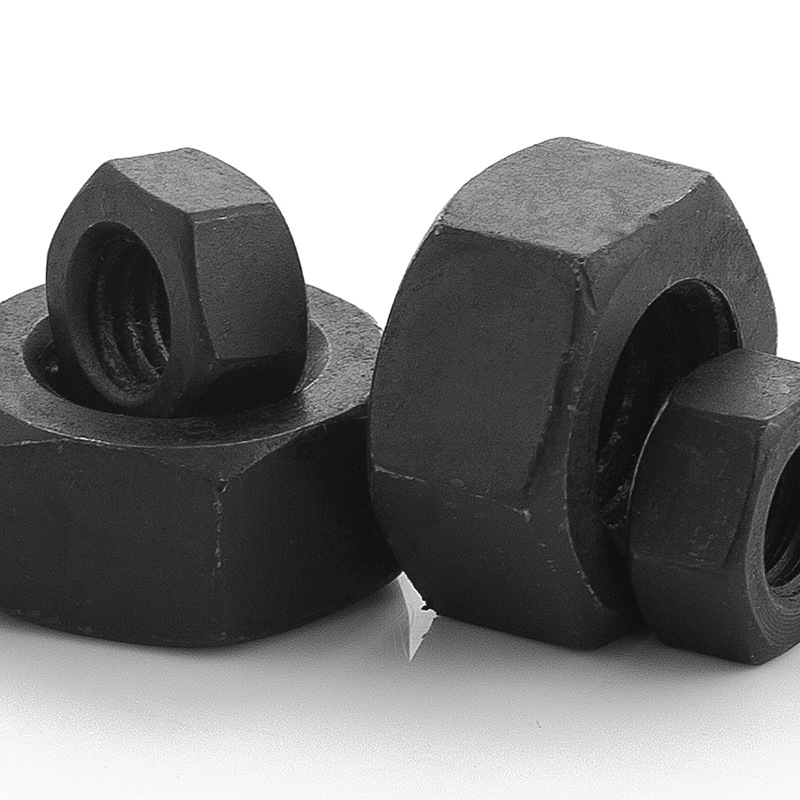

Essential Components for Mounting Solar Panels Efficiently and Securely in Various Environments
Oct . 10, 2024 07:16 Back to list
Essential Components for Mounting Solar Panels Efficiently and Securely in Various Environments
Understanding Solar Panel Mounting Hardware
As the global push for renewable energy intensifies, solar energy has emerged as a leading alternative to fossil fuels
. Central to the successful deployment of solar energy systems is the solar panel mounting hardware. This crucial component not only affects the overall efficiency of the solar installation but also ensures its longevity and stability.Solar panel mounting hardware consists of various parts designed to secure solar panels to a surface, whether it be a roof, the ground, or a pole. The primary types of mounting systems include fixed mounts, adjustable mounts, and tracking mounts. Each type offers distinct advantages depending on the specific requirements of the installation site.
Fixed Mounts are the simplest and most commonly used type of mounting system. They are designed to hold solar panels at a fixed angle, optimizing the sunlight exposure based on the latitude of the location. Fixed mounts are ideal for residential installations where the roof's angle allows for efficient solar energy capture without the need for adjustments. They are usually less expensive and require fewer components, making them a popular choice for homeowners.
Adjustable Mounts, on the other hand, allow for the angle of the panels to be tilted throughout the year, thus optimizing energy capture as the position of the sun changes with the seasons. This type of mounting hardware is particularly beneficial in areas with varying sunlight conditions, as it can help maximize efficiency and increase energy production. Adjustable mounts may require more effort and cost to install and maintain, but they can be well worth the investment over time.
solar panel mounting hardware

Tracking Mounts take solar energy capture a step further by following the sun's path across the sky. These systems can be single-axis, tracking the sun's movement from east to west, or dual-axis, adjusting for changes in elevation as well. While tracking mounts can significantly increase energy output—sometimes by as much as 25% or more—they also come with higher initial costs and require more maintenance. They are typically used in large-scale solar farms or commercial installations where maximizing energy output is critical.
When choosing mounting hardware, materials play a vital role in the overall durability and effectiveness of the system. Common materials include aluminum, steel, and galvanized steel, each offering different levels of strength, corrosion resistance, and weight. Selecting the right material involves considering the environmental conditions of the installation site, such as wind loads, snow loads, and potential for corrosion.
Additionally, proper installation is critical to ensuring the hardware performs as intended. Poor installation can lead to misalignment, increased wear, and ultimately, system failure. It is advisable to enlist professionals who specialize in solar installations to guarantee that all mounting components are correctly assembled and securely fastened.
In conclusion, investing in high-quality solar panel mounting hardware is essential for maximizing the efficiency, longevity, and overall performance of a solar energy system. With various options available tailored to different needs and environmental conditions, careful consideration must be given to the type of mounting system selected. Ultimately, the right hardware will not only support the solar panels but will also contribute to a greener and more sustainable future.
Latest news
-
Hot Dip Galvanized Bolts-About LongZe|High Strength, Corrosion Resistance
NewsJul.30,2025
-
High-Strength Hot Dip Galvanized Bolts - Hebei Longze | Corrosion Resistance, Customization
NewsJul.30,2025
-
Hot Dip Galvanized Bolts-Hebei Longze|Corrosion Resistance&High Strength
NewsJul.30,2025
-
High-Strength Hot-Dip Galvanized Bolts-Hebei Longze|Corrosion Resistance&High Strength
NewsJul.30,2025
-
Hot Dip Galvanized Bolts-Hebei Longze|Corrosion Resistance&High Strength
NewsJul.30,2025
-
Hot Dip Galvanized Bolts - Hebei Longze | Corrosion Resistance, High Strength
NewsJul.30,2025

